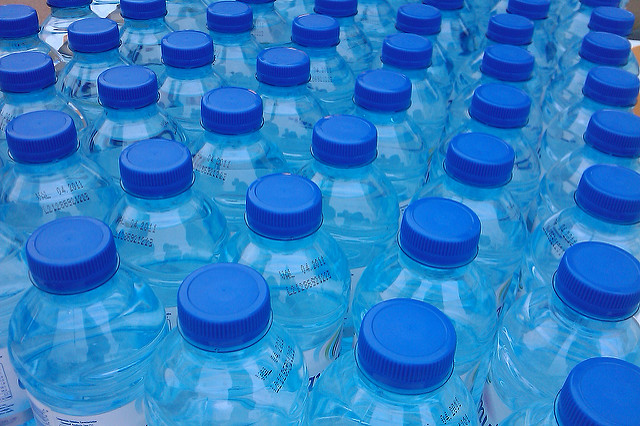In 2014, Flint, Mich. emergency managers the governor appointed switched sources for its municipal water supply from the city of Detroit to their own Flint River. These officials championed the cost-cutting stopgap measure while they awaited the construction of a new pipeline from Lake Huron. After the switch, residents complained of smells, tastes and coloration in their tap water. In addition to bacteria and pollutants, the river water corroded some of the city’s pipes, and lead entered citizens’ drinking water. The water crisis has made national news.
Gov. Rick Snyder spoke to the crisis during his 2016 State of the State Address earlier this month, and called for aid from the state legislature and federal government. As governing bodies address the issue, and more media outlets cover the emergency, we explore story angles a reporter covering business and the economy could pursue to help readers understand the happenings in Flint and provide context for readers curious about their own water supply.
1. Where does city water come from?
The health emergency in Flint began after the municipality switched its water supply. According to the U.S. Geological Survey, most towns and cities secure water from the underground water table, dammed rivers and reservoirs, or freshwater sources like Lake Huron. Find out where your community’s water stems from. Then, dig into municipal budgets to learn which companies transport the water into local homes. If they’re public companies, you can explore their financials via the Securities and Exchange Commission.
2. What are the economics of the water purification industry?
According to the U.S. Trade Commission, the global water filtration and purification industry is growing. Explore changes to the methodology and technology for ensuring water is safe so readers understand how water purification works and how clean tap water gets from a water source to their faucet. You can also research how much your town or community spends to keep tap water safe for drinking, cooking and bathing. The EPA outlines water regulation online.
Also consider exploring what companies provide consumer goods for at-home purification. The Water Treatment Association, an industry group for companies whose products and services treat consumers’ water, has several reports and case-studies related to in-home purification.
3. How are infrastructure upgrades financed?
The Environmental Protection Agency launched a new water finance resource center in January. The Water Infrastructure and Resiliency Finance Center works to provide local communities, municipal utility providers and private organizations with information on how to finance water-infrastructure needs in local communities.
Reporters can peruse the center’s resources and understand infrastructure needs based on region or type (waste water vs. drinking water, for instance) and identify the finance options that local agencies might later consider. The Center also released case studies about finance options such as public-private partnerships, and it is hosting cross-country forums for local communities, all of which might prove fodder for future stories.
4. Is bottled water safer than tap water?
Though Flint provides a poor example of safe tap water, is bottled water as safe as we assume? The National Resource Defense Council released a report (updated last in 2013) highlighting gaps in regulation compared to “purity” marketing many of these companies employ.
The bottled water industry is growing substantially as carbonated beverages like soda slide; check out this 2015 analysis from a Forbes analyst. What are the economic implications of this emergency on the larger industry?
5. What are the differences in emergency funding?
As local, state and federal agencies vie for aid dollars to get clean water to Flint residents, the complexities of the laws and regulations around obtaining such funding can get lost in the story.
Here’s the process outlined by the Federal Emergency Management Agency which President Obama directed to aid in efforts to clean up the water. And while FEMA didn’t declare Flint a disaster (because of the nature of the emergency), use FEMA’s database of disasters and emergencies to contextualize what’s happening there and compare it to the cost for recent emergencies and and disasters in your state. You can search the database by state and date.










